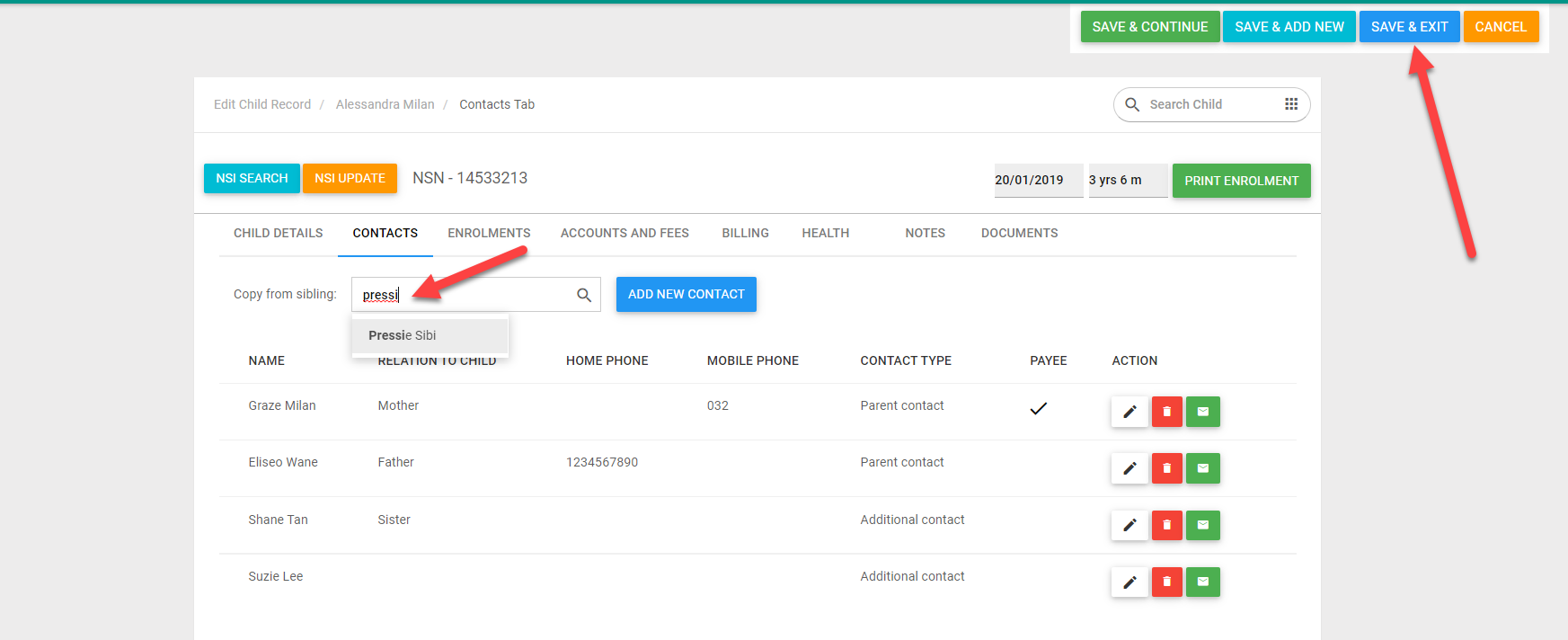
- #Add files to qemu system how to
- #Add files to qemu system install
- #Add files to qemu system update
- #Add files to qemu system driver
Now the guest named ‘ubuntu-box1’ now has a hard disk device called /dev/vdb. Step 3 – Partitioning the disk drive in VM Make sure you use correct device names with the fdisk command. Sample outputs: password for vivek:īe Careful: With just a few keystrokes, fdisk can wipe out part or all of your hard disk or working partition. $ sudo virsh attach-disk ubuntu-box1 /var/lib/libvirt/images/ubuntu-box1-vm-disk1-5G vdb -cache none
#Add files to qemu system update
# virsh attach-disk \įor example, attach the disk image ‘ /var/lib/libvirt/images/ubuntu-box1-vm-disk1-5G‘ as a virtio disk to the VM/domain named ‘ ubuntu-box1‘ and update the domain xml file for new disk (type command on the host): The syntax is as follows to attach the disk to a vm called ubuntu-box1: If you already have a /dev/vdb disk you need to change vdb to a free device like /dev/vdc and so on. To attach newly created ubuntu-box1-vm-disk1-5G image, you must use a /dev/vdb. Login to your VM and type the following command: $ sudo qemu-img create -f qcow2 ubuntu-box2-vm-disk1-5G 5G Step 2 – Attach the disk to the virtual machineīefore you attache the disk to your VM, find out current disk name. If you need to take VM snapshots or AES encryption. However, QEMU image format (qcow2) the most versatile format. This format has the advantage of being simple and easily exportable to all other emulators. rw-r-r- 1 root root 5.0G Feb 17 15:42 ubuntu-box1-vm-disk1-5G A note about qcow2 format rw- 1 libvirt-qemu kvm 41G Feb 17 15:34 ubuntu-box-1.qcow2 rw- 1 libvirt-qemu kvm 3.1G Feb 17 15:33 ubuntu-box-1-clone.qcow2 rw- 1 libvirt-qemu kvm 41G Feb 17 15:41 freebsd11.qcow2 The disk image is named ubuntu-box1-vm-disk1-5G: You just created qemu-img or dd command to create a new raw disk image with a size of 5 GB. Or you can use the dd command to create a pre-allocated file using the following command: $ sudo qemu-img create -f raw ubuntu-box1-vm-disk1-5G 5Gįormatting 'ubuntu-box1-vm-disk1-5G', fmt=raw size=5368709120 Type the following command on KVM host to create a new disk image called ubuntu-box1-vm-disk1-5G with 5G size: Once you are done simply “umount mnt” and start qemu again.Here are steps to add file-based storage (disk image) to virtual machine with virsh command on Linux: Step 1 – Create the new disk image You should now be able to access the rootfs in mnt directory and transfer files between the host and the qemu image. Sudo mount -o loop,offset=$ overo_sd_alip.img mnt

Take the “start” number of the qemu image (106496) and mount the qemu image at this offset (start multiplied by block size (512)):.You can do this from the extra functions menu.

#fdisk -lu overo_sd_alip.img | grep overo

#Add files to qemu system how to
Today, I’ll just show how to mount a Qemu image and copy files as described on the “Updating Image Contents” section of :
#Add files to qemu system driver
We would probably have to enable bridge networking for that but the tun driver is apparently not compiled in ALIP kernel. However, although I can access Internet, I cannot access the host via ssh as the host is in a private subnetwork (192.168.0.0) and qemu in another (10.0.2.0). This should be possible to do that on the Overo emulator since it support Ethernet. If the image support networking, you could use ssh (install dropbear server in qemu) or nfs to transfer files between the host computer and qemu, or even run your program from the NFS share.
#Add files to qemu system install
I previously posted instructions to install and run nano and ARM Linux Internet Platform (ALIP) distribution images for Overo and Beagleboard on QEMU,


 0 kommentar(er)
0 kommentar(er)
